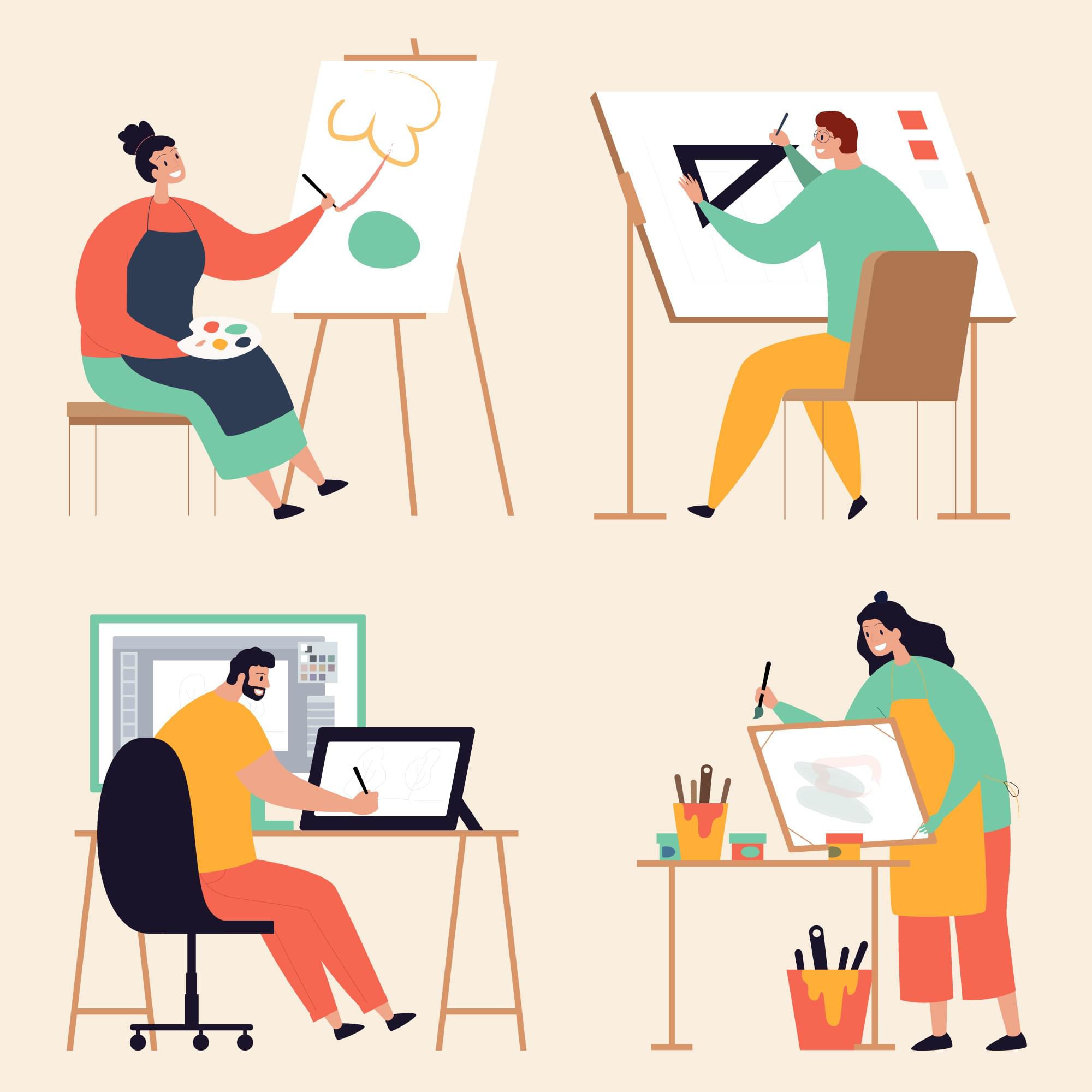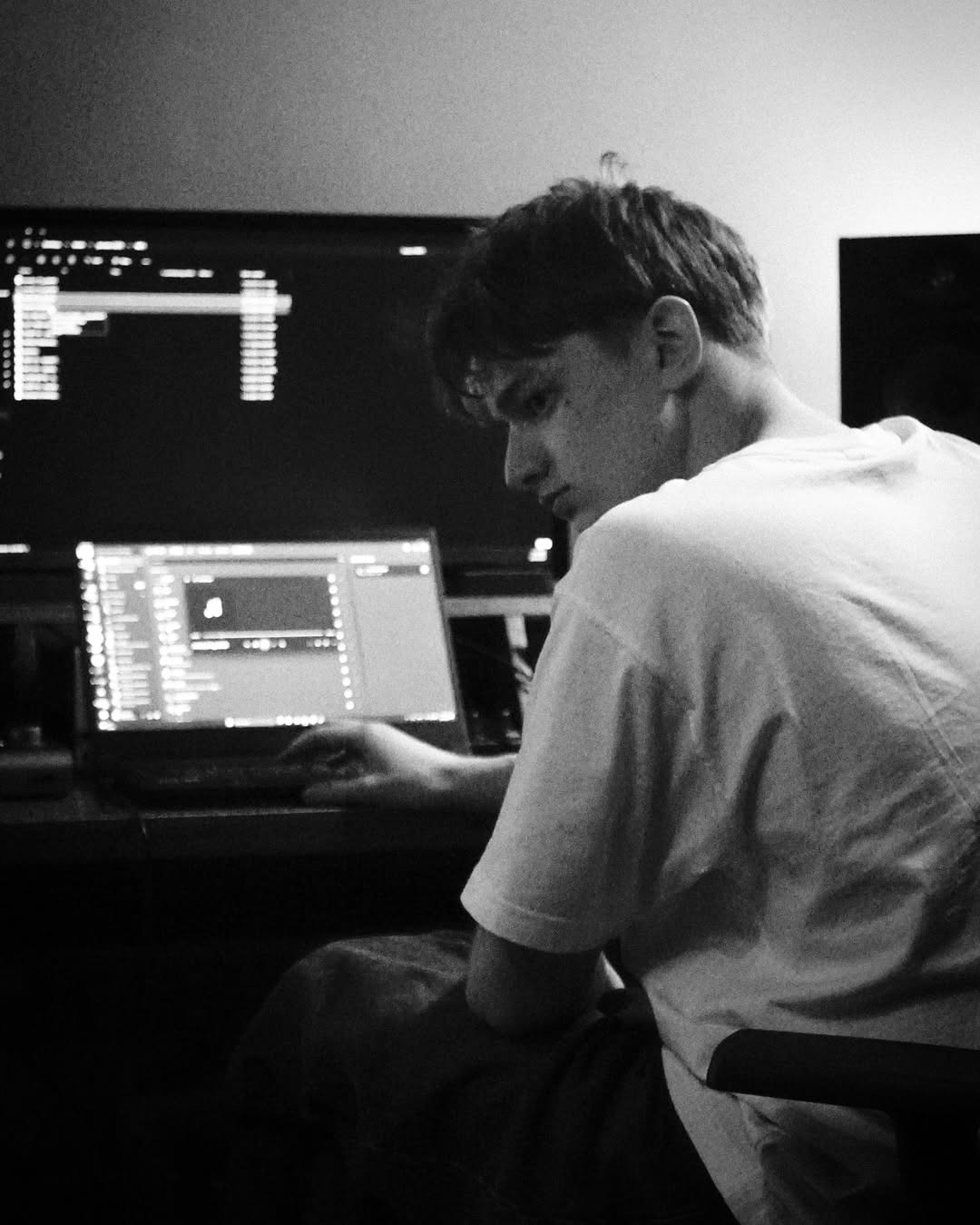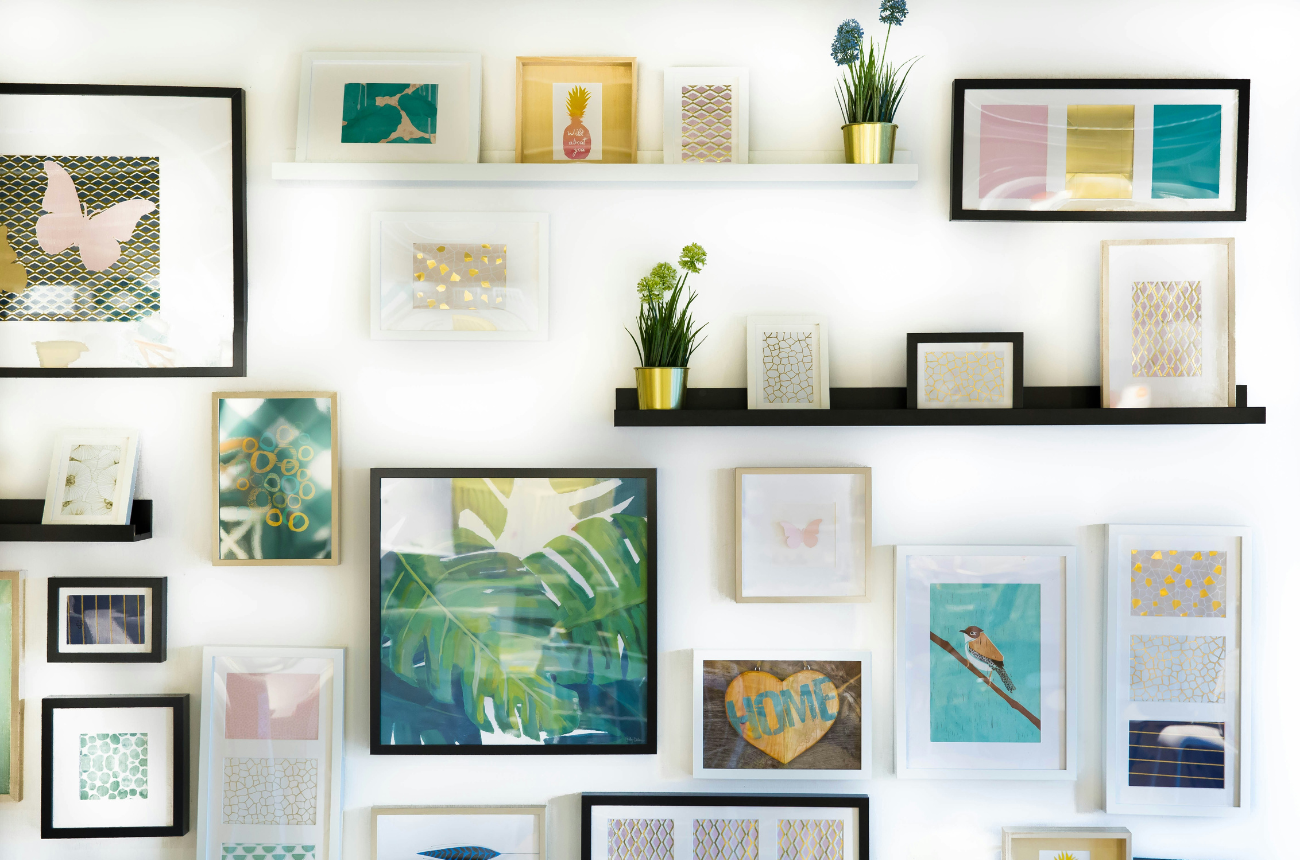Digital to physical
Let’s take a look at the situation: you are a talented content creator who wants to sell digital artworks in physical form. A supplier has been found and you just need to send them the artwork files to start fulfilling orders. You start wondering how to actually set up the file in a way that will look perfect as canvas or poster or whichever product you chose. There are a bunch of considerations and settings, however, as long as you follow the principles laid out below, we will take care of the rest!
There are two basic parameters, which should be balanced. If one is too low, the other can sometimes compensate. These are DPI and image size.
Please note that this article is more like a checklist than explainer. If you want to get into the technical aspects, feel free to contact us!
Dots Per Inch
Simply put, this determines quality. If you start a design from scratch (new file / project), make sure that you set the DPI to around 300. That way, even if you will want to print a huge canvas, the quality won’t suffer too much. And, if you plan to manipulate an existing photo / artwork, pay attention to the source material’s DPI. Anything lower than 150 will likely be problematic, however, we judge each situation individually.
Image size
Second parameter is called image size (not to confuse with file size). Basically, it means the width and height of the design in pixels (px). The general truth is that bigger is better. Size in pixels corresponds to a specific size in real life centimeters / inches. If you want to print an artwork whose real life size corresponds to same size as the digital version, then no quality will be lost / gained. But printing a bigger version will require upscaling, which can lead to lower quality. Optimal image size varies greatly depending on how big the real life artwork will be. For example, to print a 45x60cm canvas, image size even as small as 400px might do the trick. On the other hand, artworks that have real world side size of 150cm, will require around 2000px per side or more. However, these estimates rely on having adequate DPI (150+)!
DPI and image size together
How do both parameters work with each other? In general, if you have an image with huge size (say, 20k px for both sides), then it will compensate the lower DPI. And vice versa, very high DPI (300 and above) can potentially save a low size image. However, we recommend to always set both parameters to an acceptable level.

File formats
You might also wonder about the file formats, of which there are many. We recommend using a JPEG / JPG file, but virtually anything else is acceptable too, as long as it has good DPI and image size.
Things to avoid
There are a couple of things that can make the design file problematic. Firstly, avoid non-source images. This means anything that was sent through Whatsapp, Facebook, Instagram, etc., because these platforms greatly reduce both the quality and image size of designs, essentially rendering them unusable for printing. Instead, send us the original files through file sharing platforms, such as Google Drive or WeTransfer.
Secondly, don’t try increasing DPI / image size post factum. If you have a 100DPI image and you set it to 300 in the settings, nothing good will happen. The image should have good DPI right from the start. Same with image size - if you try to increase, it will just make the image pixelated. Do it right from the start!
Last, but not least, think about the aspect ratio of the design. If you want to sell very horizontal canvases (such as 2:1), but then send us a design with proportions like 3:4, it will lead to the overall composition being ruined.
In conclusion
Hopefully, this clears up some confusion. Nothing complicated, really, because our goal is to make POD as simple as possible! If you have additional questions, please let us know.















